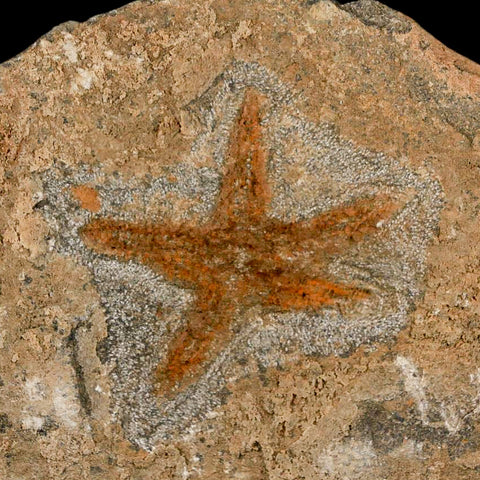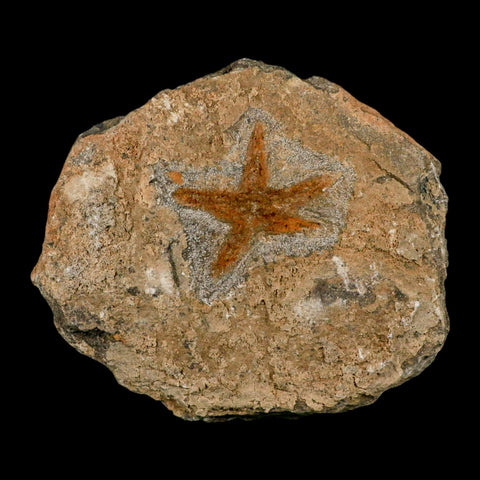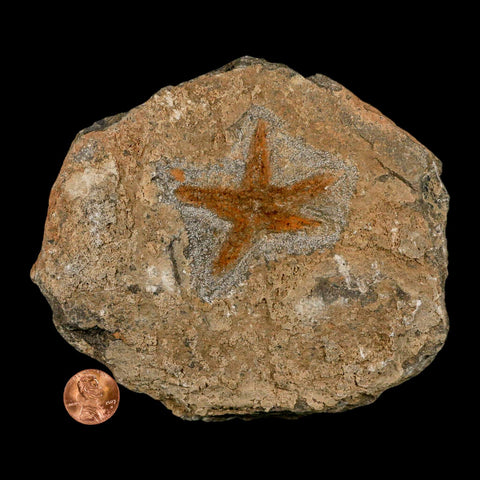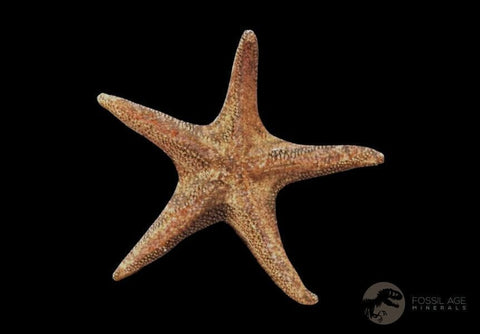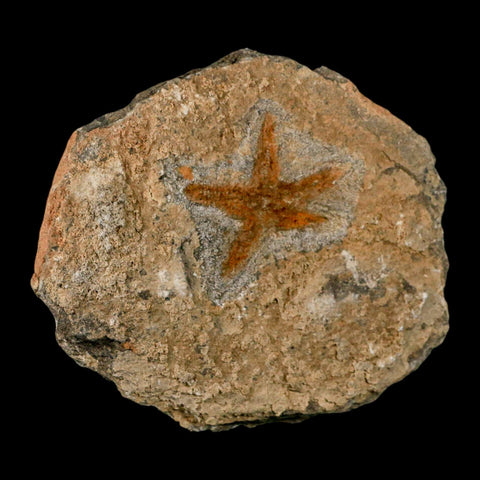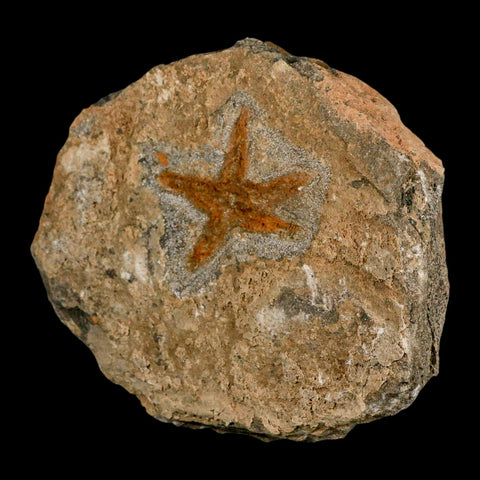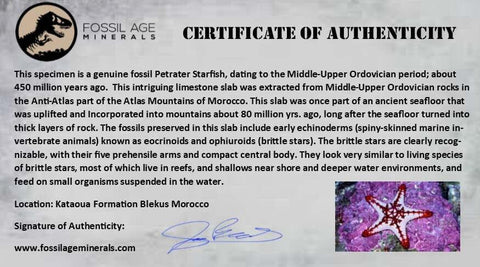52MM Brittle Star Petraster Starfish Fossil Ordovician Age Blekus Morocco COA
Location: Kataoua Formation, Blekus, Morocco
Weight: 2 Pounds 11.5 Ounces
Starfish Dimensions: 52MM
Dimension: 5.4 Inches Long, 4.8 Inches Wide, 2.1 Inches Thick (Plate)
Comes with a Certificate of Authenticity.
The item pictured is the one you will receive.
Brittlestar Petraster
This intriguing limestone slab was extracted from Middle-Upper Ordovician (about 450 million years old) rocks in the Anti-Atlas part of the Atlas Mountains of Morocco. This slab was once part of an ancient seafloor that was uplifted and incorporated into mountains about 80 million years ago, long after the seafloor turned into thick layers of rock.
This slab features fossils of early echinoderms, including echinoids and ophiuroids (brittle stars). The brittle stars are distinguished by their five flexible arms and compact central disc, closely resembling extant species that inhabit reef ecosystems, coastal shallows, and deeper marine zones, where they feed on planktonic organisms. The eocrinoids present are notable for their elongated, slender stems and clusters of arm-like structures at the opposite end. These specimens likely belong to the genus Ascocystites, a suspension-feeding echinoderm that captured microorganisms directly from the water column using its specialized appendages.
Although eocrinoids share a common name with crinoids (sea lilies), they are not closely related and exhibit distinct morphological differences from both ancient and modern crinoids. Nevertheless, similar to many fossilized crinoids, their elongated stems facilitated attachment to hard surfaces and enabled them to elevate themselves above the seafloor.
There appear to be several larger individuals along with several much smaller ones. Those smaller animals may be juveniles of the larger form or a different species. Do you notice how the smaller individuals often seem to be in close contact with the brittle stars? We are often led to wonder whether the brittle stars were feeding on the smaller echinoids.

Please be aware of the nature of fossils:
Being buried under the ground for millions of years under tons of pressure tends to be rough. No fossil comes out of the ground whole and perfect. Most fossils have undergone some restoration, while others are altered by man simply to enhance their presentation in different ways. The workers in Morocco do a very professional job of unearthing and preserving these natural treasures. These are part of the natural beauty of the fossil and are not considered defects.


